- 2014-03-28
Katie Morzinski
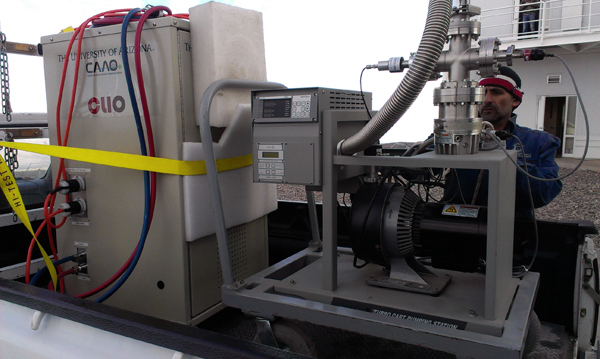
Hello, MagAO fans! Laird and Alfio arrived today so it is officially Day 1 of our 2014A science run!
T.J. and I successfully swapped in/out/around 8 filters plus more blockers, spacers, and slits inside Clio today. This involves cracking open the dewar which is a complicated mess of screws and insulation to keep everything cold ...
- 2014-03-27
Jared Males

MagAO is back! Katie, T.J., and Jared arrived at LCO last night to begin preparing for our first official science run. Our instrument was offered to the Magellan wide community, who came up with more great ideas than we have time for. We’re taking data for astronomers from all over the world. ...
- 2014-03-21
Katie Morzinski
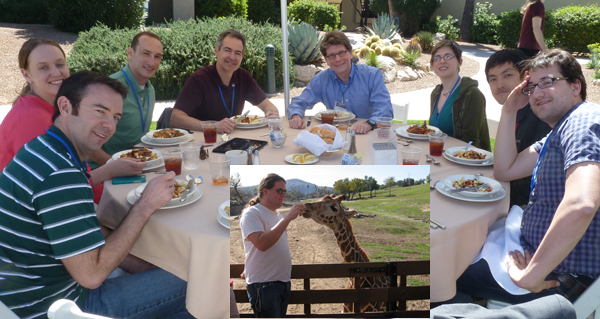
This week MagAO attended the conference, Search for Life Beyond the Solar System, locally in Tucson, Arizona. We’d like to thank the organizing committee, lead by Arizona Prof. Daniel Apai, for an interactive and interesting conference.
On Monday, Laird had lunch with most of his previous graduate students, almost all of whom attended the conference:
The direct ...
- 2014-03-04
Katie Morzinski
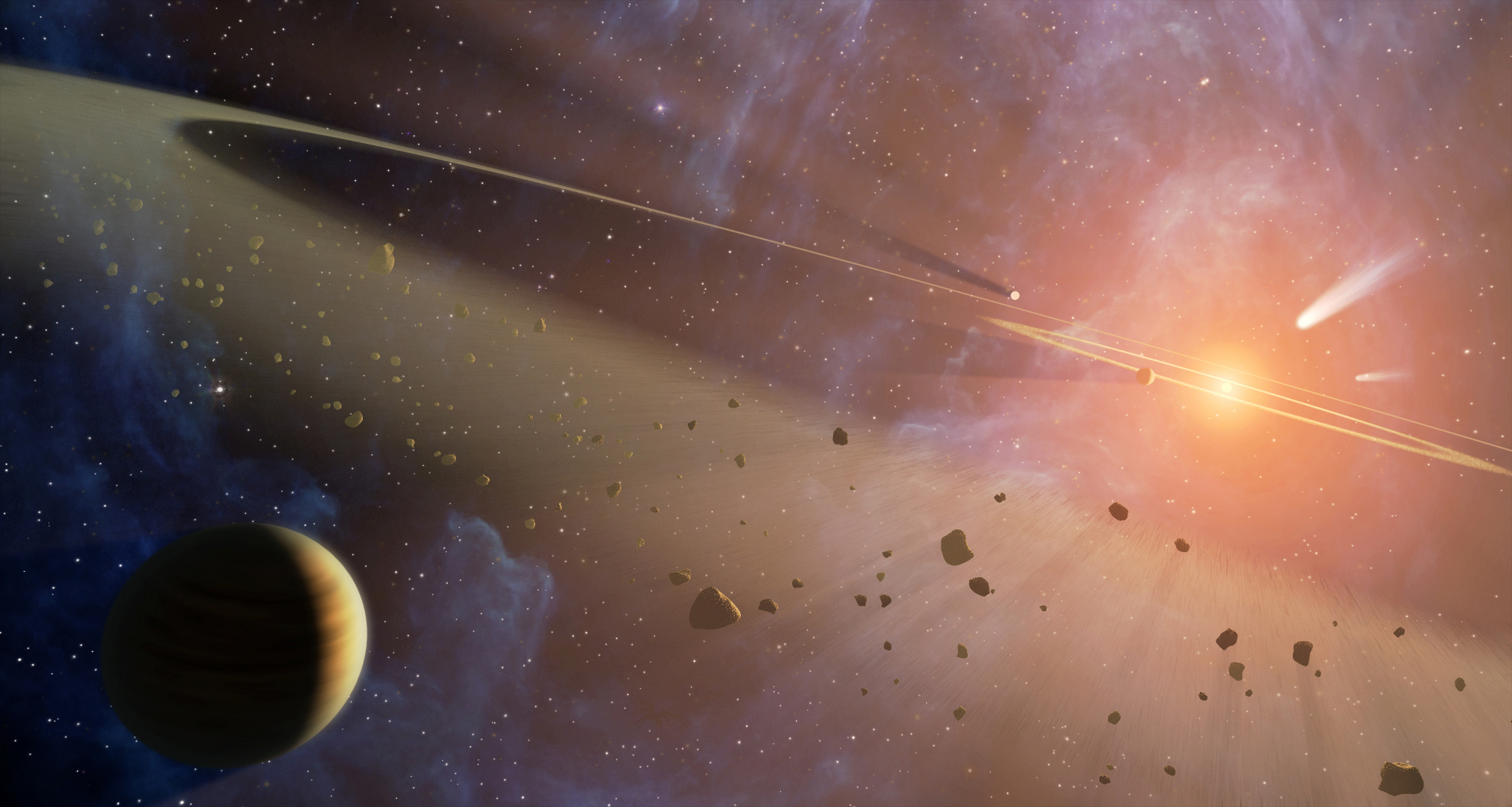
Today the MagAO team, along with our collaborators from the NICI team, published a paper on the extrasolar planet beta Pictoris b. We used our CCD camera VisAO to take a picture of the planet, the first time such a camera has been used to image an extrasolar planet from the ground.
You can read ...
- 2014-03-04
Jared Males
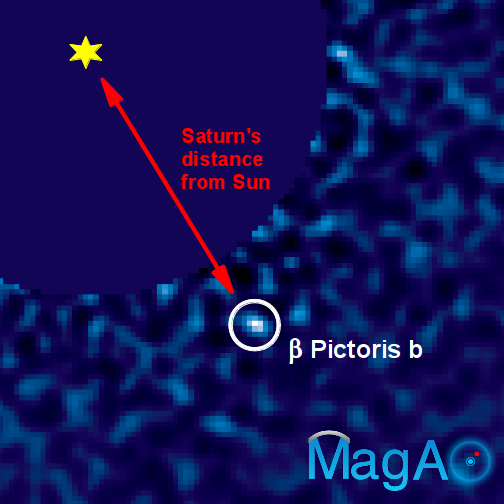
There are a number of factors that have pushed extrasolar planet imagers to work in the infrared. The first is that young planets are very hot, so they are brighter in the infrared. In fact, they become very faint at shorter “optical” wavelengths. The second factor is that adaptive optics (AO), the technology ...
- 2014-02-24
Jared Males
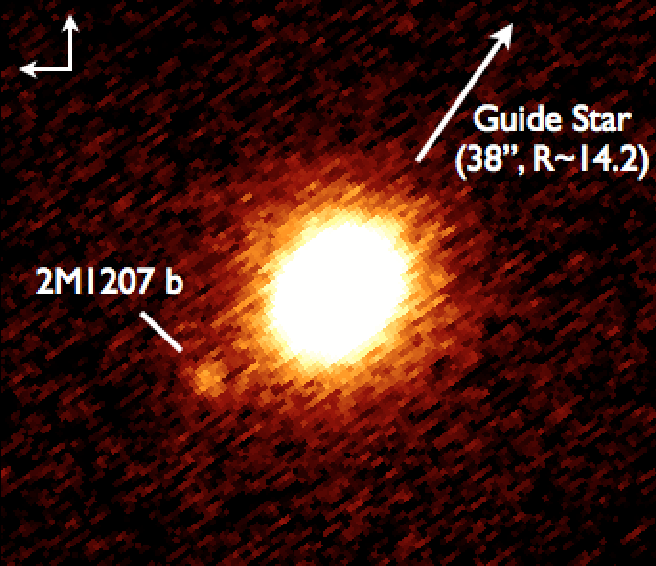
2M1207 b (pronounced two-mass-twelve-oh-seven-bee) is often considered the first directly imaged extrasolar planet. Though its primary star, 2M1207 A, is actually a brown dwarf, b shares many properties with the HR 8799 planets. Andy Skemer analyzed images taken with MagAO+Clio2 and compared the results with images of the HR 8799 planets taken with ...
- 2014-02-17
Katie Morzinski
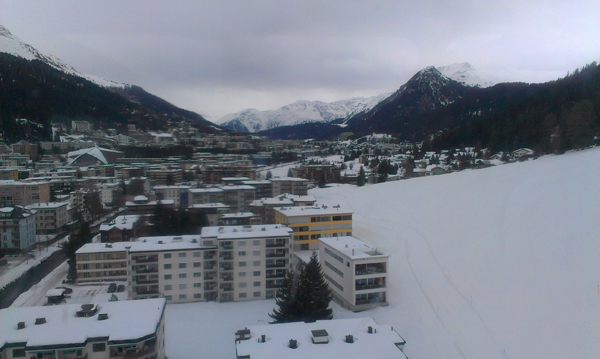
I just got back to sunny, 80-degree Tucson, Arizona from a snowy, 30-degree exotic climate, at the Exoclimes III conference in Davos, Switzerland.
This conference was a meeting of solar and extrasolar planetary scientists to discuss the latest research on planetary interiors, atmospheres, weather, climates, energy budgets, variability, etc. Of course, for bodies like Earth ...
- 2013-12-17
Jared Males
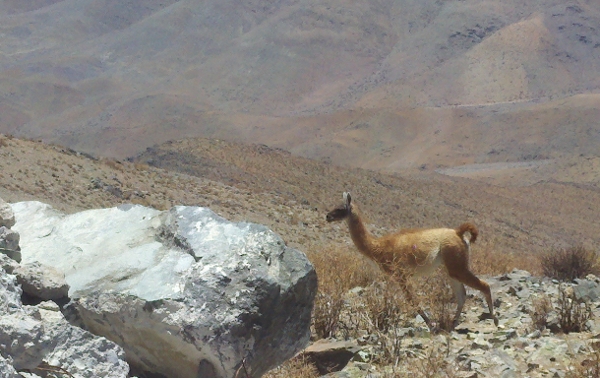
That was quick. The NAS is all packed up, powered-off, dust covers on, etc. In case you were worried, I poked my head into the clean room and the shell is in one piece.
This guy was walking along with me after lunch:
This flower is hanging on precariously by the path to the hotel
I ...
- 2013-12-17
Jared Males

After yesterday’s excitement with the motor changeout, today was a boring old software day. VisAO now has a fully realtime operating system, which should make our telemetry more reliable. I also have overscan working on the CCD47, or at least the pixels are coming off the detector. I still have some work ...
- 2013-12-16
Jared Males
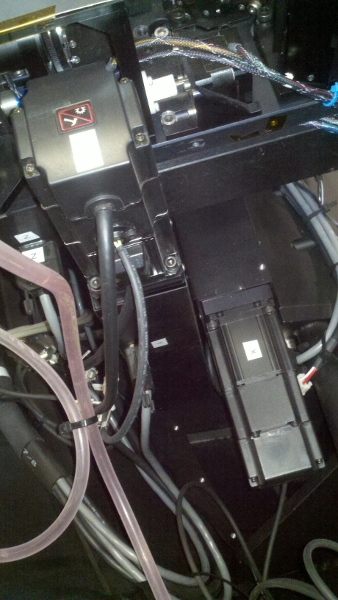
Today Povilas and I changed our recalcitrant Y-stage motor, which is responsible for moving the W-Unit (pyramid and VisAO) in the (usually) up direction. This means it fights gravity for most of its miserable existence, and, well, was giving up.
The problem is that the motor and its brake are always supporting the ...
 Hello, MagAO fans! Laird and Alfio arrived today so it is officially Day 1 of our 2014A science run! T.J. and I successfully swapped in/out/around 8 filters plus more blockers, spacers, and slits inside Clio today. This involves cracking open the dewar which is a complicated mess of screws and insulation to keep everything cold ...
Hello, MagAO fans! Laird and Alfio arrived today so it is officially Day 1 of our 2014A science run! T.J. and I successfully swapped in/out/around 8 filters plus more blockers, spacers, and slits inside Clio today. This involves cracking open the dewar which is a complicated mess of screws and insulation to keep everything cold ... MagAO is back! Katie, T.J., and Jared arrived at LCO last night to begin preparing for our first official science run. Our instrument was offered to the Magellan wide community, who came up with more great ideas than we have time for. We’re taking data for astronomers from all over the world. ...
MagAO is back! Katie, T.J., and Jared arrived at LCO last night to begin preparing for our first official science run. Our instrument was offered to the Magellan wide community, who came up with more great ideas than we have time for. We’re taking data for astronomers from all over the world. ... This week MagAO attended the conference, Search for Life Beyond the Solar System, locally in Tucson, Arizona. We’d like to thank the organizing committee, lead by Arizona Prof. Daniel Apai, for an interactive and interesting conference. On Monday, Laird had lunch with most of his previous graduate students, almost all of whom attended the conference: The direct ...
This week MagAO attended the conference, Search for Life Beyond the Solar System, locally in Tucson, Arizona. We’d like to thank the organizing committee, lead by Arizona Prof. Daniel Apai, for an interactive and interesting conference. On Monday, Laird had lunch with most of his previous graduate students, almost all of whom attended the conference: The direct ... Today the MagAO team, along with our collaborators from the NICI team, published a paper on the extrasolar planet beta Pictoris b. We used our CCD camera VisAO to take a picture of the planet, the first time such a camera has been used to image an extrasolar planet from the ground. You can read ...
Today the MagAO team, along with our collaborators from the NICI team, published a paper on the extrasolar planet beta Pictoris b. We used our CCD camera VisAO to take a picture of the planet, the first time such a camera has been used to image an extrasolar planet from the ground. You can read ... There are a number of factors that have pushed extrasolar planet imagers to work in the infrared. The first is that young planets are very hot, so they are brighter in the infrared. In fact, they become very faint at shorter “optical” wavelengths. The second factor is that adaptive optics (AO), the technology ...
There are a number of factors that have pushed extrasolar planet imagers to work in the infrared. The first is that young planets are very hot, so they are brighter in the infrared. In fact, they become very faint at shorter “optical” wavelengths. The second factor is that adaptive optics (AO), the technology ... 2M1207 b (pronounced two-mass-twelve-oh-seven-bee) is often considered the first directly imaged extrasolar planet. Though its primary star, 2M1207 A, is actually a brown dwarf, b shares many properties with the HR 8799 planets. Andy Skemer analyzed images taken with MagAO+Clio2 and compared the results with images of the HR 8799 planets taken with ...
2M1207 b (pronounced two-mass-twelve-oh-seven-bee) is often considered the first directly imaged extrasolar planet. Though its primary star, 2M1207 A, is actually a brown dwarf, b shares many properties with the HR 8799 planets. Andy Skemer analyzed images taken with MagAO+Clio2 and compared the results with images of the HR 8799 planets taken with ... I just got back to sunny, 80-degree Tucson, Arizona from a snowy, 30-degree exotic climate, at the Exoclimes III conference in Davos, Switzerland. This conference was a meeting of solar and extrasolar planetary scientists to discuss the latest research on planetary interiors, atmospheres, weather, climates, energy budgets, variability, etc. Of course, for bodies like Earth ...
I just got back to sunny, 80-degree Tucson, Arizona from a snowy, 30-degree exotic climate, at the Exoclimes III conference in Davos, Switzerland. This conference was a meeting of solar and extrasolar planetary scientists to discuss the latest research on planetary interiors, atmospheres, weather, climates, energy budgets, variability, etc. Of course, for bodies like Earth ... That was quick. The NAS is all packed up, powered-off, dust covers on, etc. In case you were worried, I poked my head into the clean room and the shell is in one piece. This guy was walking along with me after lunch: This flower is hanging on precariously by the path to the hotel I ...
That was quick. The NAS is all packed up, powered-off, dust covers on, etc. In case you were worried, I poked my head into the clean room and the shell is in one piece. This guy was walking along with me after lunch: This flower is hanging on precariously by the path to the hotel I ... After yesterday’s excitement with the motor changeout, today was a boring old software day. VisAO now has a fully realtime operating system, which should make our telemetry more reliable. I also have overscan working on the CCD47, or at least the pixels are coming off the detector. I still have some work ...
After yesterday’s excitement with the motor changeout, today was a boring old software day. VisAO now has a fully realtime operating system, which should make our telemetry more reliable. I also have overscan working on the CCD47, or at least the pixels are coming off the detector. I still have some work ... Today Povilas and I changed our recalcitrant Y-stage motor, which is responsible for moving the W-Unit (pyramid and VisAO) in the (usually) up direction. This means it fights gravity for most of its miserable existence, and, well, was giving up. The problem is that the motor and its brake are always supporting the ...
Today Povilas and I changed our recalcitrant Y-stage motor, which is responsible for moving the W-Unit (pyramid and VisAO) in the (usually) up direction. This means it fights gravity for most of its miserable existence, and, well, was giving up. The problem is that the motor and its brake are always supporting the ...